The Science Behind the F.P. Journe FFC Blue for Only Watch 2021
Francis Ford Coppola threw down the gauntlet and F.P. Journe took it up to create this extraordinary watch that tells the time with an automaton hand.
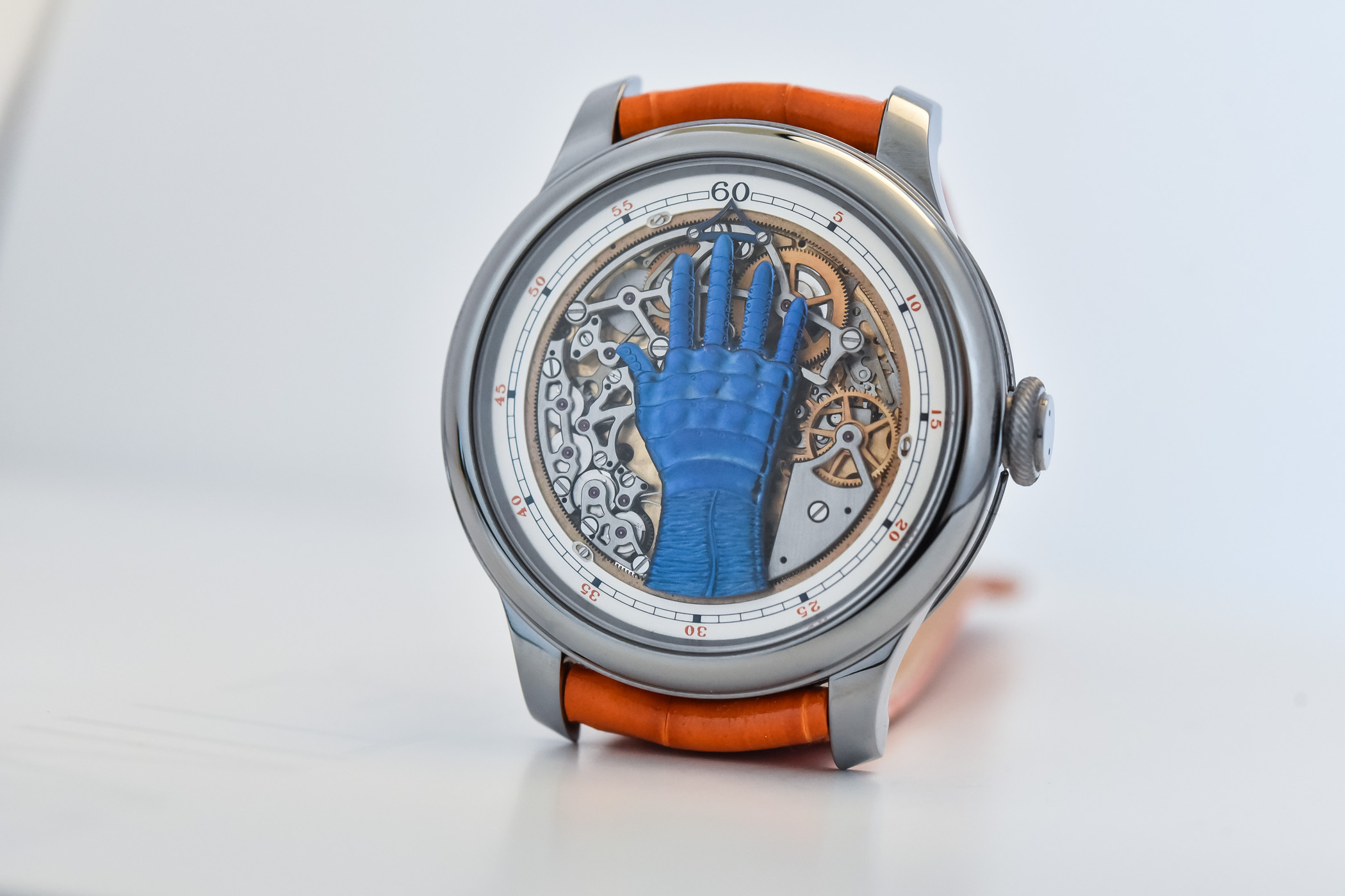
We’ve all heard about watch collaborations with designers and artists and even hunted down watches on the wrists of famous actors and directors, but I’m pretty sure this is the first watch collaboration with a film director. Perhaps the most original watch in the line-up of models donated to the Only Watch charity auction 2021, F. P. Journe has equipped a model in his iconic Octa collection with an automaton to power the hand of time. The idea behind telling time with a hand was put forward by Francis Ford Coppola, the famous American film director, producer and screenwriter: the result is this unexpected, technically mind-blowing, one-off F.P. Journe FFC (Francis Ford Coppola) Blue.
Throwing down the gauntlet
According to F.P. Journe, the idea for the watch came up over dinner at Francis Ford Coppola’s house in Napa Valley. (A man of many talents, Francis Ford Coppola opened a resort-style winery in Sonoma County, California, in 2010.) “He asked me,” explains Journe, “if it could be possible to tell time with a hand in a watch. I replied that the idea was interesting and required thinking about it. But how to display 12 hours with 5 fingers? It was not an easy matter, and this complex challenge inspired and motivated me. Once I figured it out, Francis immediately sent the sketches for the fingers positions. After more than 2 years, I could finally focus on “Fecit”. After 7 years of development, I am proud to present the FFC prototype.”
Apart from the mechanical challenge involved, a more basic question that had to be addressed was how to get one hand with five fingers to indicate twelve hours? Coppola came up with a fascinating solution to indicate the twelve hours, and Journe put them into motion. A task of immense complexity, the individual fingers on the blue hand extend and retract thanks to a series of levers, cams and wheels incorporated in the movement, an idea inspired by a mechanical hand made by a 16th-century French surgeon.
Paré, the Father of prosthetics
Ambroise Paré (1509-1590) was a French military surgeon who designed artificial limbs for amputee victims. In Philippe Hernigou’s article “Ambroise Paré IV: The early history of artificial limbs (from robotic to prostheses)” published online by the National Center for Biotechnology Information (NCBI), the author describes how Paré’s limbs went one step further than rudimentary prostheses. Paré “was an accomplished anatomist, and so when he designed limbs, he attempted to make them work the way biological limbs worked.”
Paré was inspired by early mechanical devices (automata) invented in China in 500 B.C. (later associated with names like Pierre Jaquet Droz) to animate toys and even a mechanical orchestra with pulleys, gears and handles. Paré’s most famous artificial limb was a mechanical hand fitted with catches and springs to simulate the joints of a biological hand. Worn by a French army captain to battle in 1551, “it worked so well that he was able to grip and release the reins of his horse”.
The Hand of Time
Unlike anything we’ve seen from F.P. Journe before, the dial of the watch is dominated by a large blue articulated hand, very much inspired by Paré’s mechanical hand. The five fingers retract and extend instantaneously to display the hours, thanks to the incorporation of an automaton. Beneath the bright metallic blue hand, the openworked dial reveals the cams of the automaton between 6 and 9 o’clock. The minutes are relayed on a peripheral disc that rotates to align with the metallic blue triangle-shaped indicator at 12 o’clock. What is perhaps even more incredible is that the automaton is powered solely by the Octa’s mainspring.
An Octa automatic Base
In 2001, François-Paul Journe presented the Octa, the watchmaker’s first automatic calibre designed as a base movement for a collection that would fit inside the same case size, regardless of the complication involved. The challenge for Journe’s automatic movement was to combine increased autonomy without jeopardising precision. The original Octa calibre had an impressive 8-day (192h) power reserve with a 1-metre-long mainspring in a single barrel. However, Journe noticed that this extended power reserve was competing with precision and decided to lower it to 7 days (120h). The final step to ensure optimal torque with such a long power reserve involved designing a slightly off-centred 22k gold rotor and a variable inertia balance ticking at 3Hz. In his relentless pursuit of excellence, Journe noticed that a friend’s Octa watch was never completely wound because he “works on a computer and his right hand doesn’t move enough”. From this observation, he developed a new and improved movement – Octa calibre 1300.3 – that responds to the slightest movement to wind the watch. Unlike the original movement, Journe mounted the new unidirectional rotor on a ball-bearing system that allows the rotor to move in one direction and block it in the other, exploiting every infinitesimal movement while still offering the 5-day power reserve and variable inertia balance.
Later, the Octa movement changed from rhodium-plated brass to solid gold (22k gold rotor, 18k rose gold plates and bridges), following the wish of Journe to offer the most luxurious and durable watches possible. Used as the base movement for an entire collection, including Chronographs, Annual Calendars, Moon Phases and Power Reserve models, the Octa celebrates twenty years of life with the Automatique Limited Edition released in April.
Tantalising tantalum
The case of the FFC Blue measures 42mm with a height of 10.70mm. It is made of tantalum, a material Journe has used on other watches for the charity auction like the Tourbillon Souverain of 2015 and the stunning rattrapante chronograph he donated in 2017 that was later sold by Christie’s for CHF 1, 150,000. In 2019, F.P. Journe upped the ante with a spectacularly complex Grande Complication Astronomic Blue, also housed in a tantalum case. Tantalum is a hard, grey, ductile metal extracted from the mineral columbite-tantalite.
Calibre 1300.3
Visible through the sapphire caseback of the F.P. Journe FFC Blue is the automatic calibre 1300.3 with its beautiful bridges and plates manufactured in solid 18k rose gold. However, unlike ‘regular’ Octas, the 22k rose gold rotor is not decorated with guillochage. Instead, it features the three big names behind the watch: Ambroise Paré (1509-1590), F.F. Coppola and F.P. Journe. As with all movements, the finishings are spectacular with hand-polished bevels, polished screw heads and sinks, bridges adorned with circular Geneva stripes and circular graining on the mainplate. Calibre 1300.3 delivers a powerful 5-day power reserve and a large variable inertia balance to ensure chronometric performance.
Estimates for the auction price of the F.P. Journe FFC Blue oscillate between CHF 300,000 – 400,000. However, given its originality and cinematic cachet, don’t be surprised if this figure skyrockets into six-digit (pun intended) territory.
More information at F. P. Journe and Only Watch.

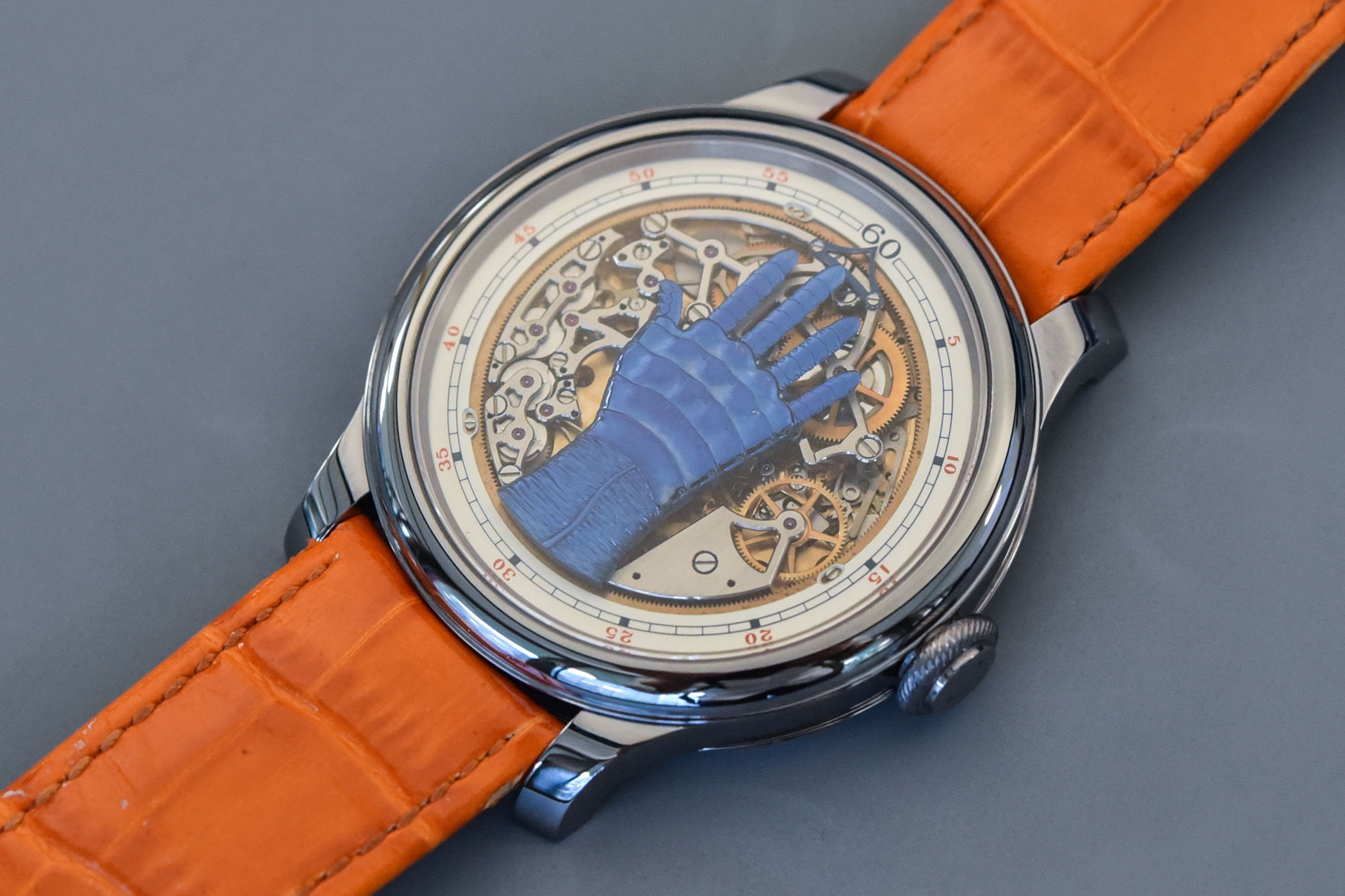

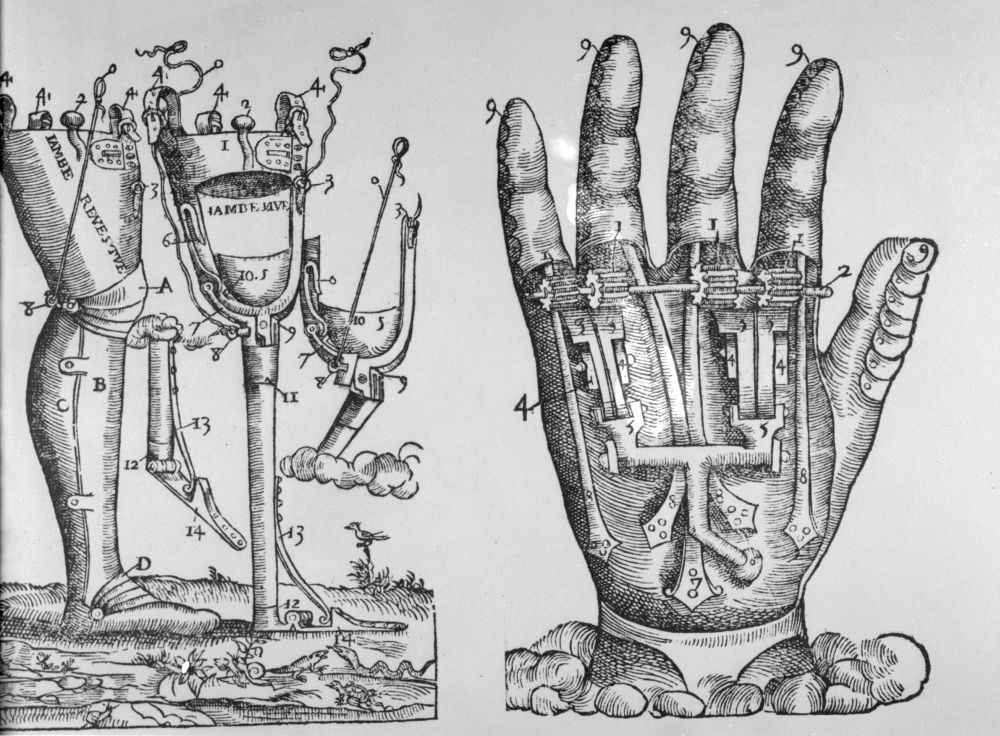
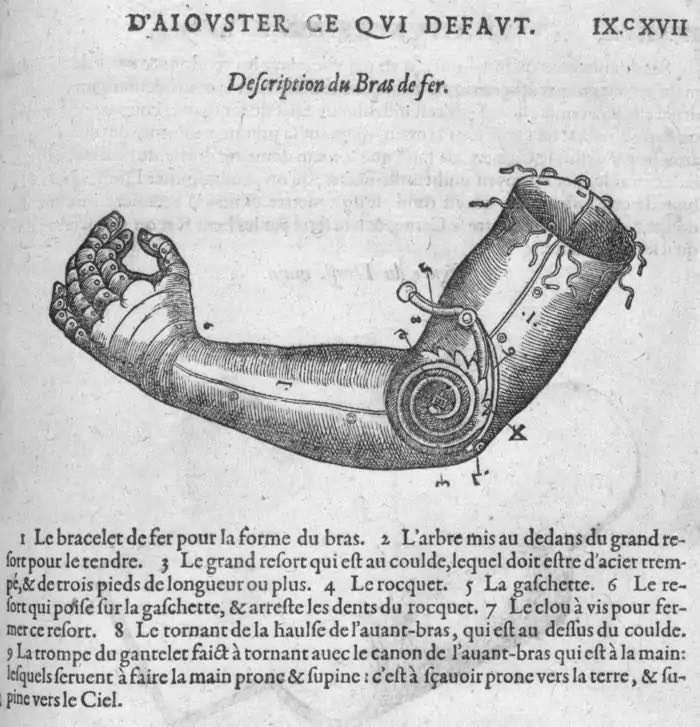
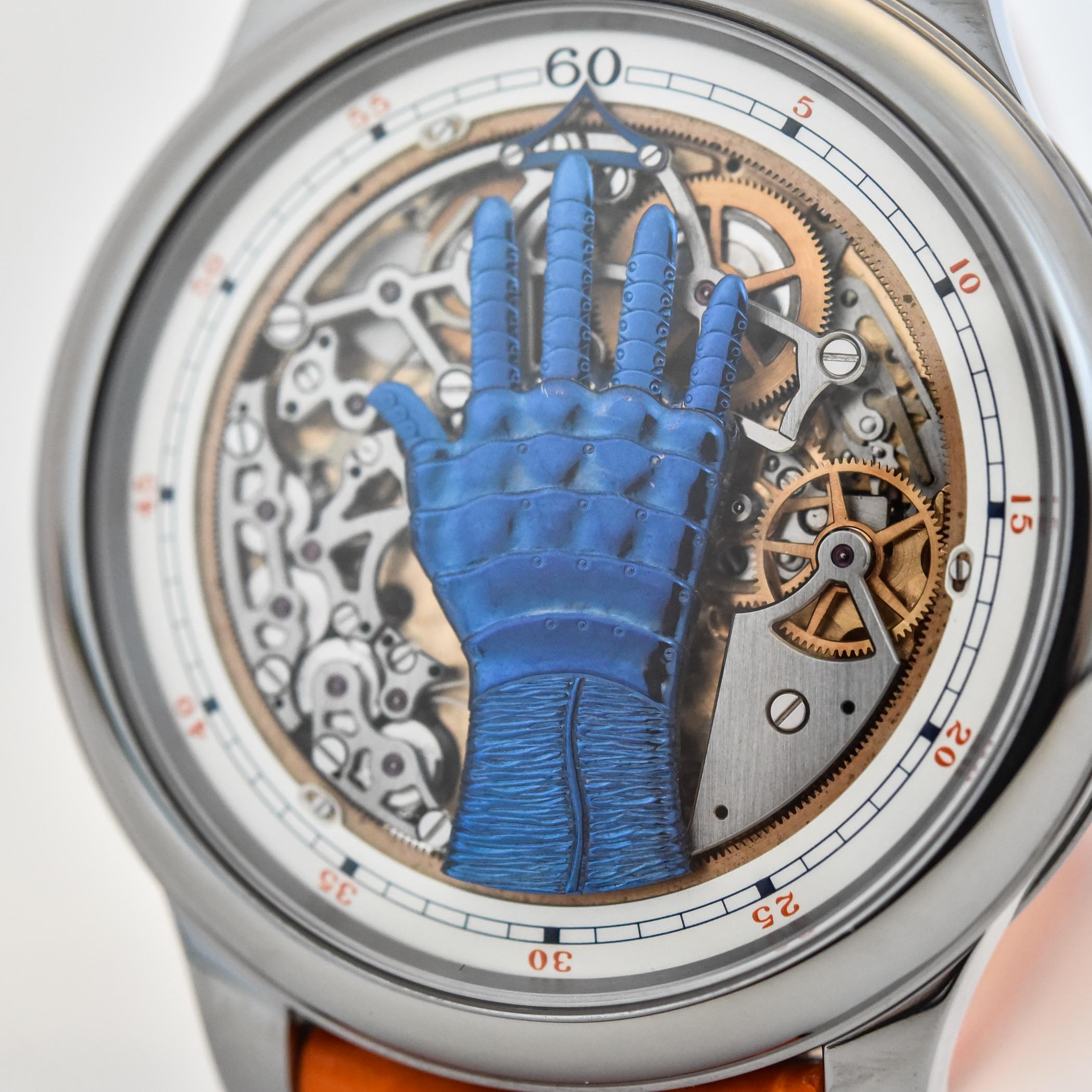
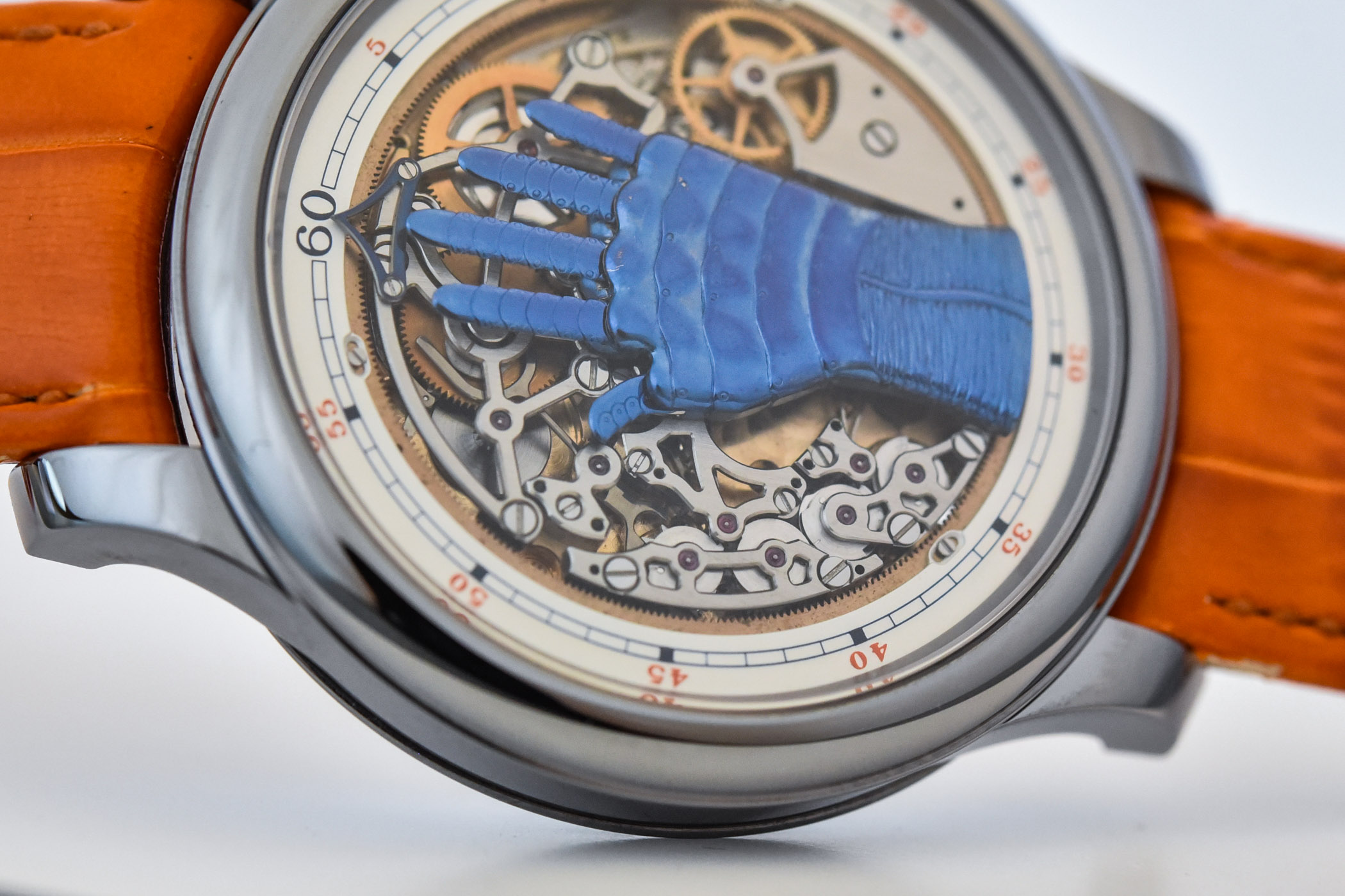
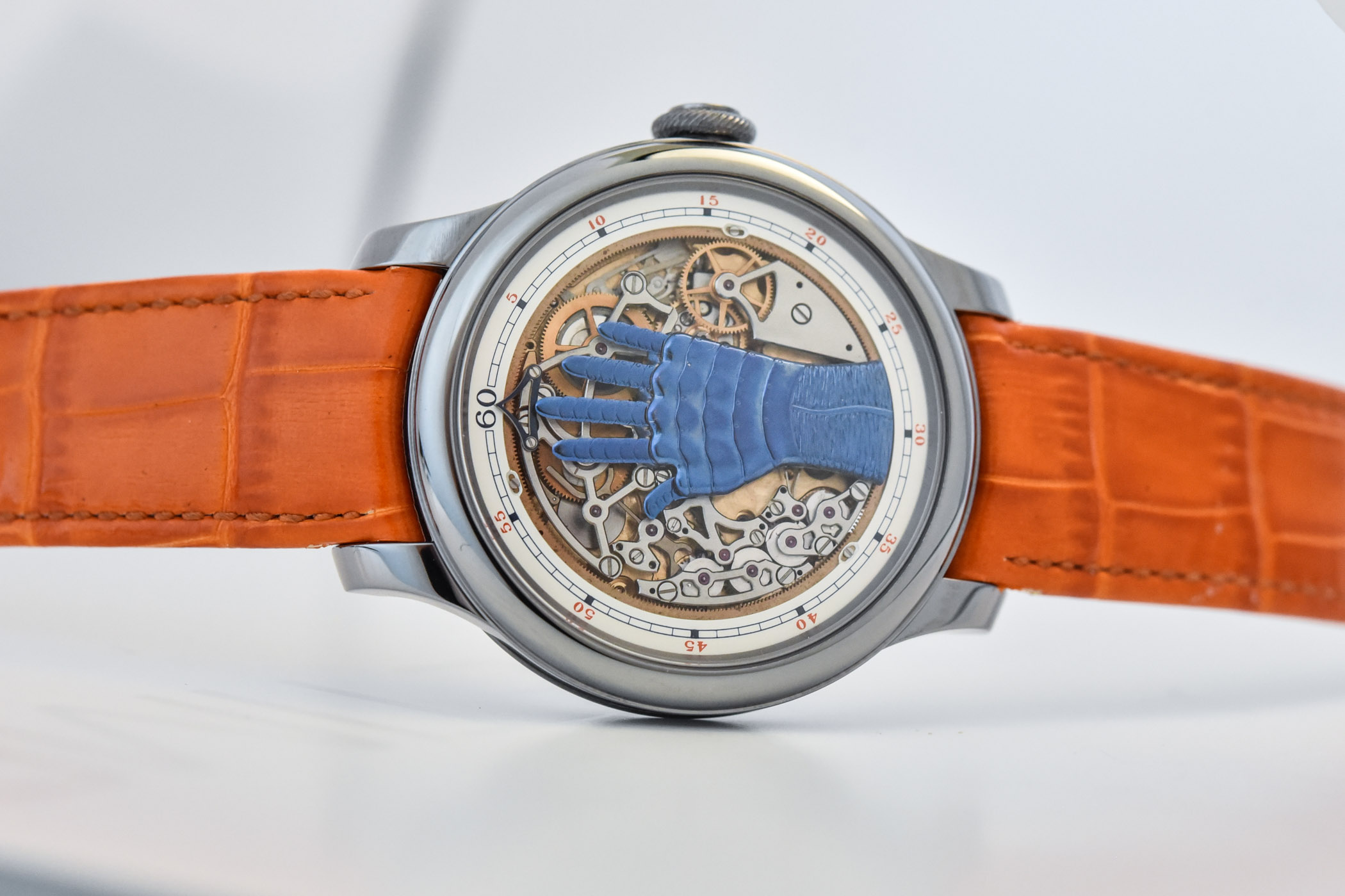
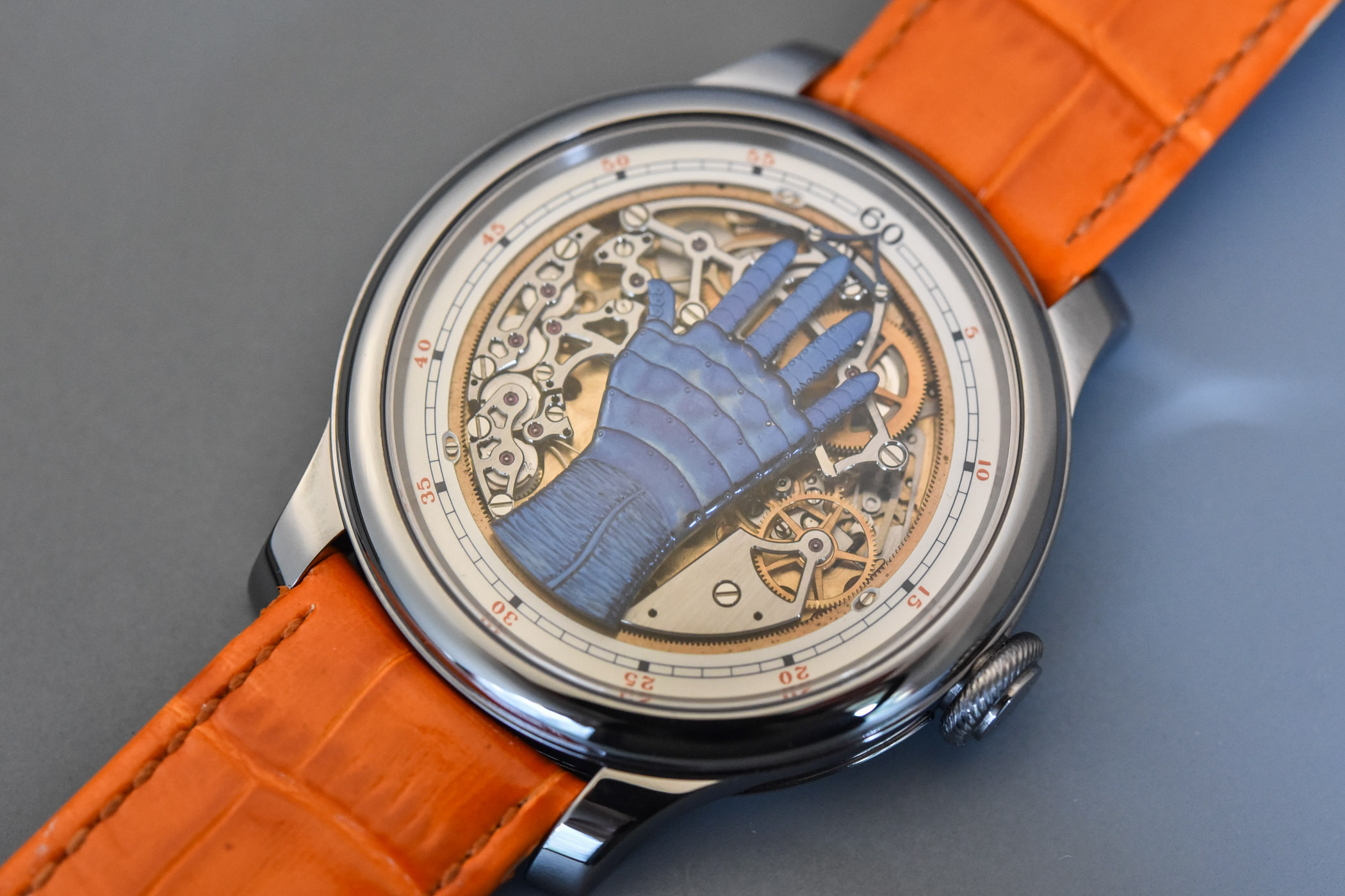

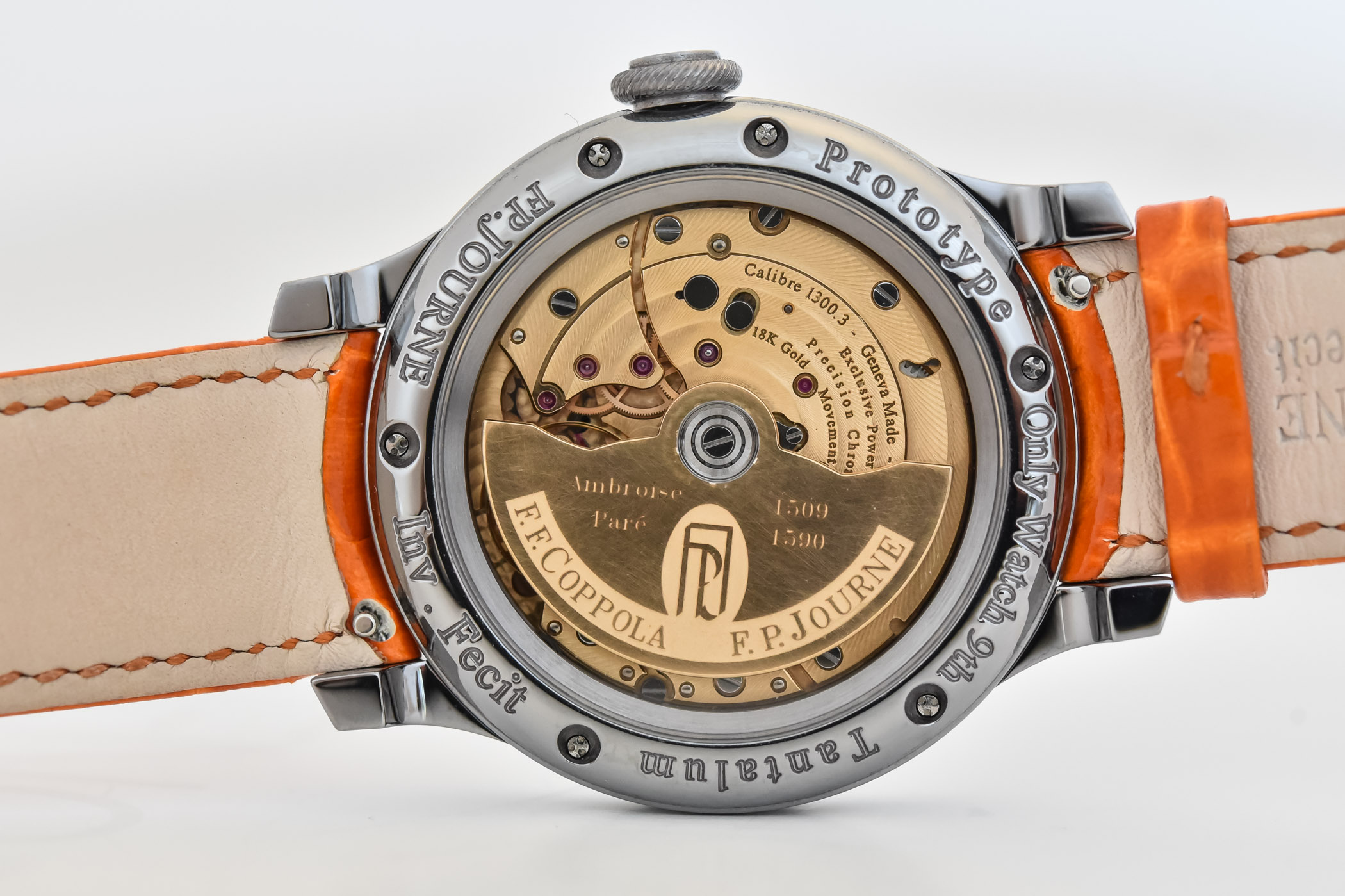



3 responses
Drunken bet.
Glad there is only one watch. It will make it easier to destroy the creation. Hideous
it is absolutely hideous. Plus the thumb is extremely confusing as you can’t really know if it’s “active” or not. So thumbs down FFC and FPJ. I’m tending to like FPJ less and less. There’s a dose of snobbism that I started to sense lately from their staff to the some of the people who wear their watches. They should pay attention to this because the same reasons that make me NEVER wear a nautilus or a royal oak are slowly setting in for FPJ. Lange is still the best by far in my book. Both the brand and the typical low key wearers (exceptions exist of course)